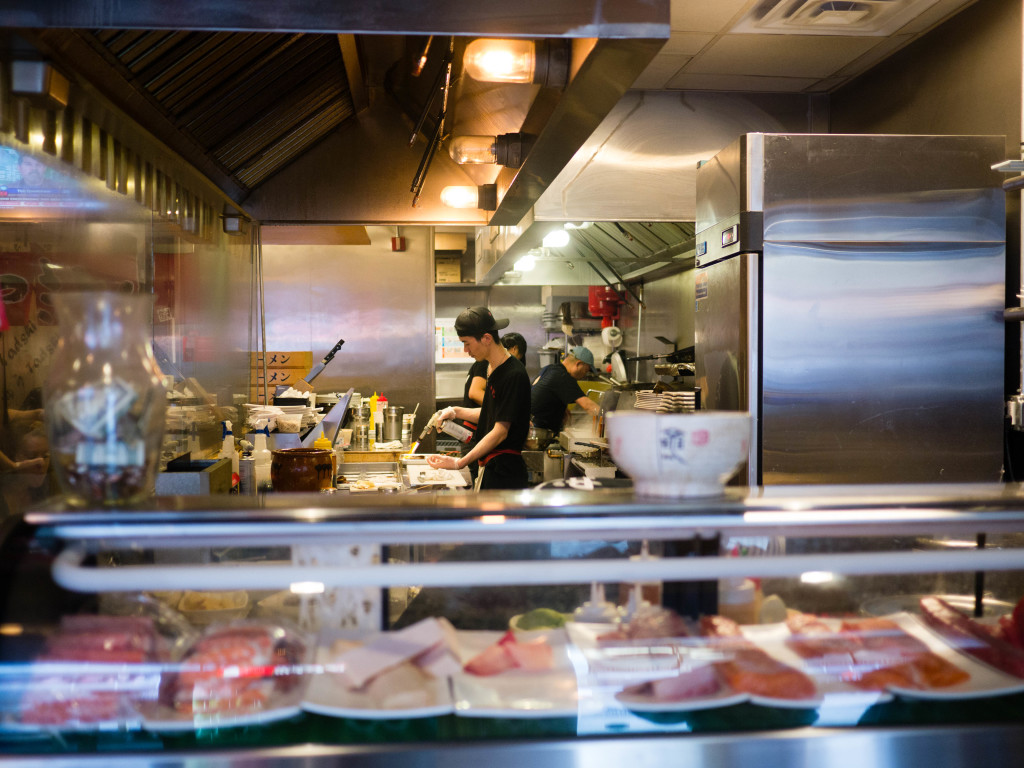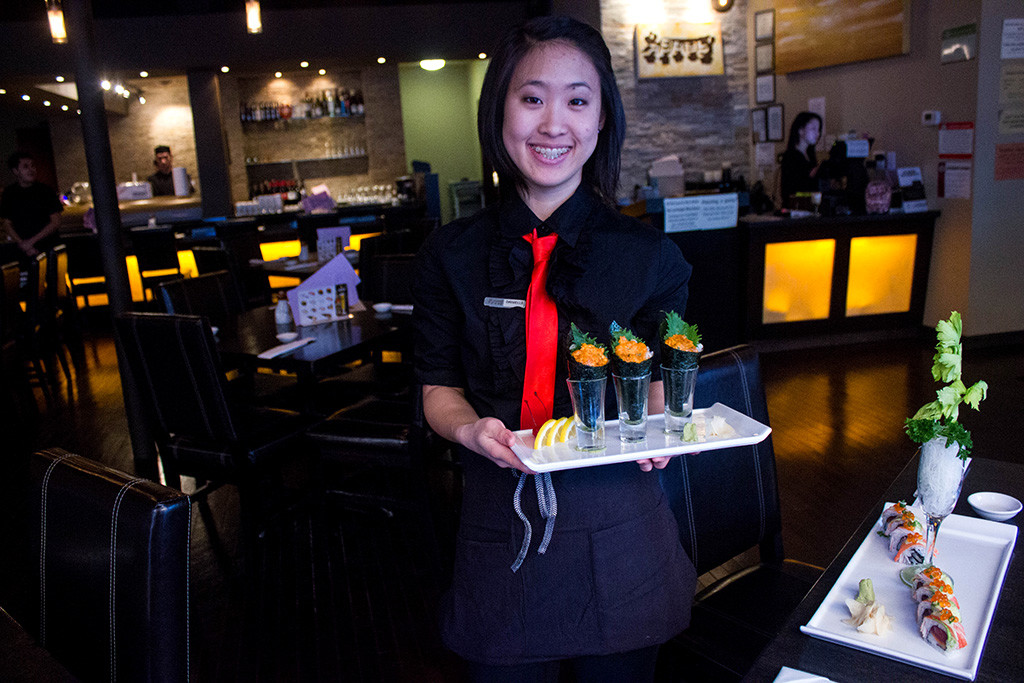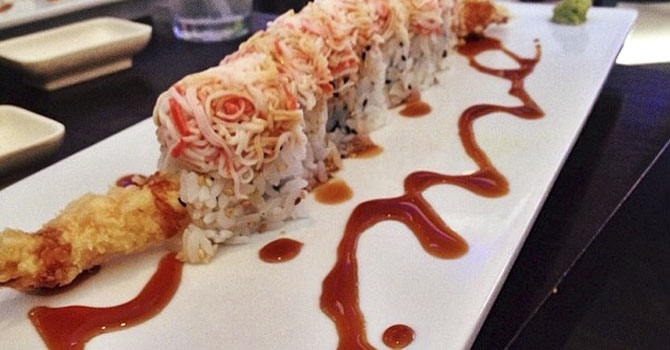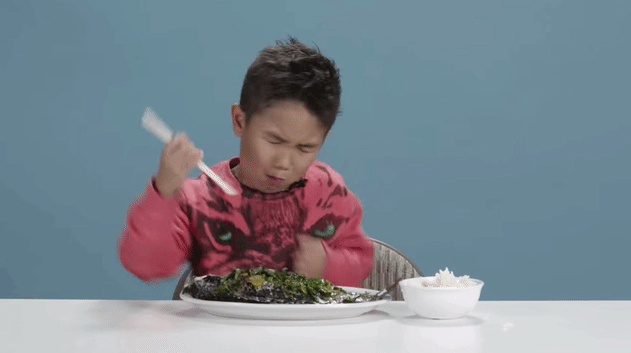Telling the difference between authentic and non-authentic Japanese restaurants is as important as knowing the difference between 2-Buck Chuck and Dom Pérignon, what a model looks like in real life and Alexis Ren, and Beyoncé’s Lemonade and lemonade from a stand.
Being someone with little knowledge of Japanese culture, I crowdsourced and compiled these tips to share on how to decipher the difference between the authentic sushi restaurants and the posers.
1. Cleanliness

Photo by Armin Nayak
Ever walked into a restaurant and immediately wanted to leave because the utensils haven’t been fully cleaned, or even worse… it smelled? This isn’t ever the case at a real sushi spot. The Japanese culture is known for its cleanliness and respecting each guest that enters their restaurants. Additionally, from their work spaces to their attire, the chefs are extremely polished. Heck, you should feel comfortable enough to eat your spicy tuna rolls off the floor.
2. Hospitality

GIF courtesy of giphy.com
The bell on the door isn’t just for frills — it’s to notify the workers and chefs that you’ve arrived. They’ll greet your presence with acknowledgement by shooting you a smile or making eye contact.
3. Service

Photo by Stephanie Lee
The service is prompt, appropriate, and welcoming. Expect to be treated with friendliness and fun. If the service is anything but top notch, then you’re definitely not at an authentic Japanese restaurant.
4. Presentation

Photo by Rachael Piorko
The food presentation is clean, and most likely on small plates. The portions may be smaller, but the quality of each bite is to-die-for. Another way you can spot the authenticity of your Japanese food is by looking at the color of the fish. If it’s bright and vibrant then you’ve got the good stuff.
5. Sauce

GIF courtesy of giphy.com
As lovers of greasy plates and saucy extras, it’s hard to believe, but a low amount of sauce actually means the sushi is better quality. Places that don’t have the freshest fish tend to add a lot more sauce to add more taste to the food. If your server brings you a dish that’s light on sauce, it’s a good thing.
6. Customers

GIF courtesy of giphy.com
This is pretty true for any ethnic restaurant. Look around you. Do you see Japanese people eating in there? Or even better, if they’re ordering in Japanese then you’ve hit up the right spot. Who knows good sushi better than the Japanese themselves?




